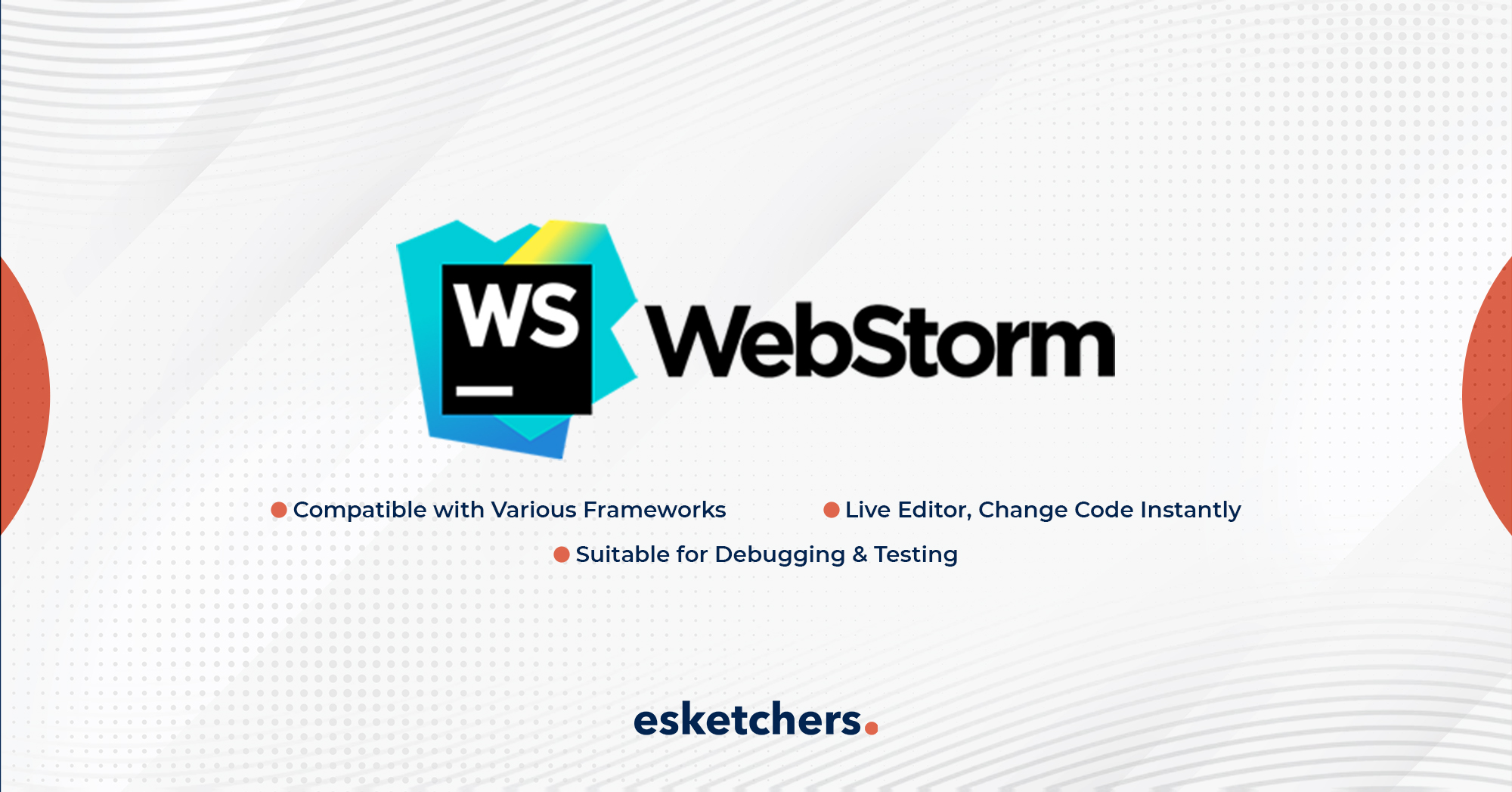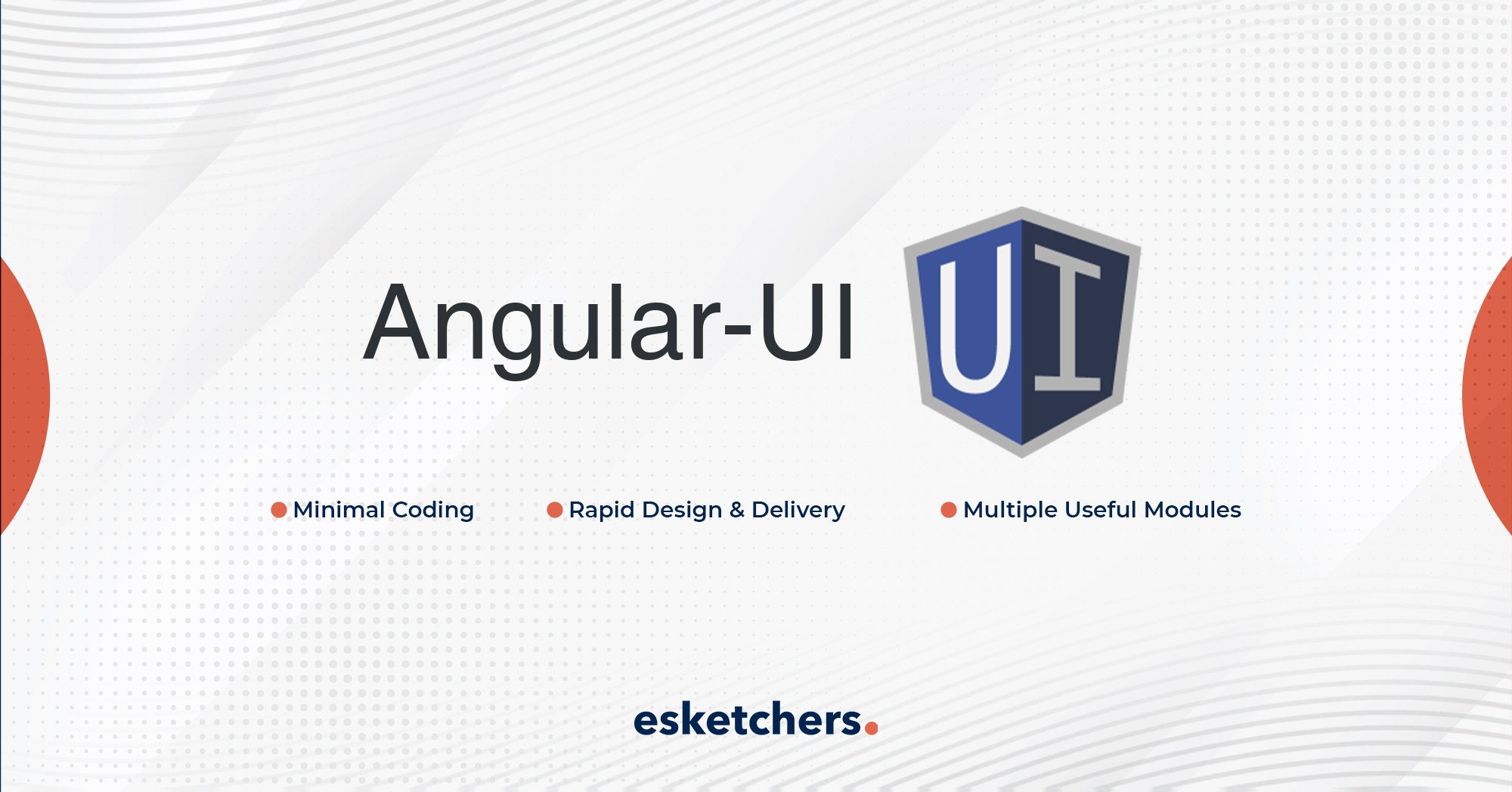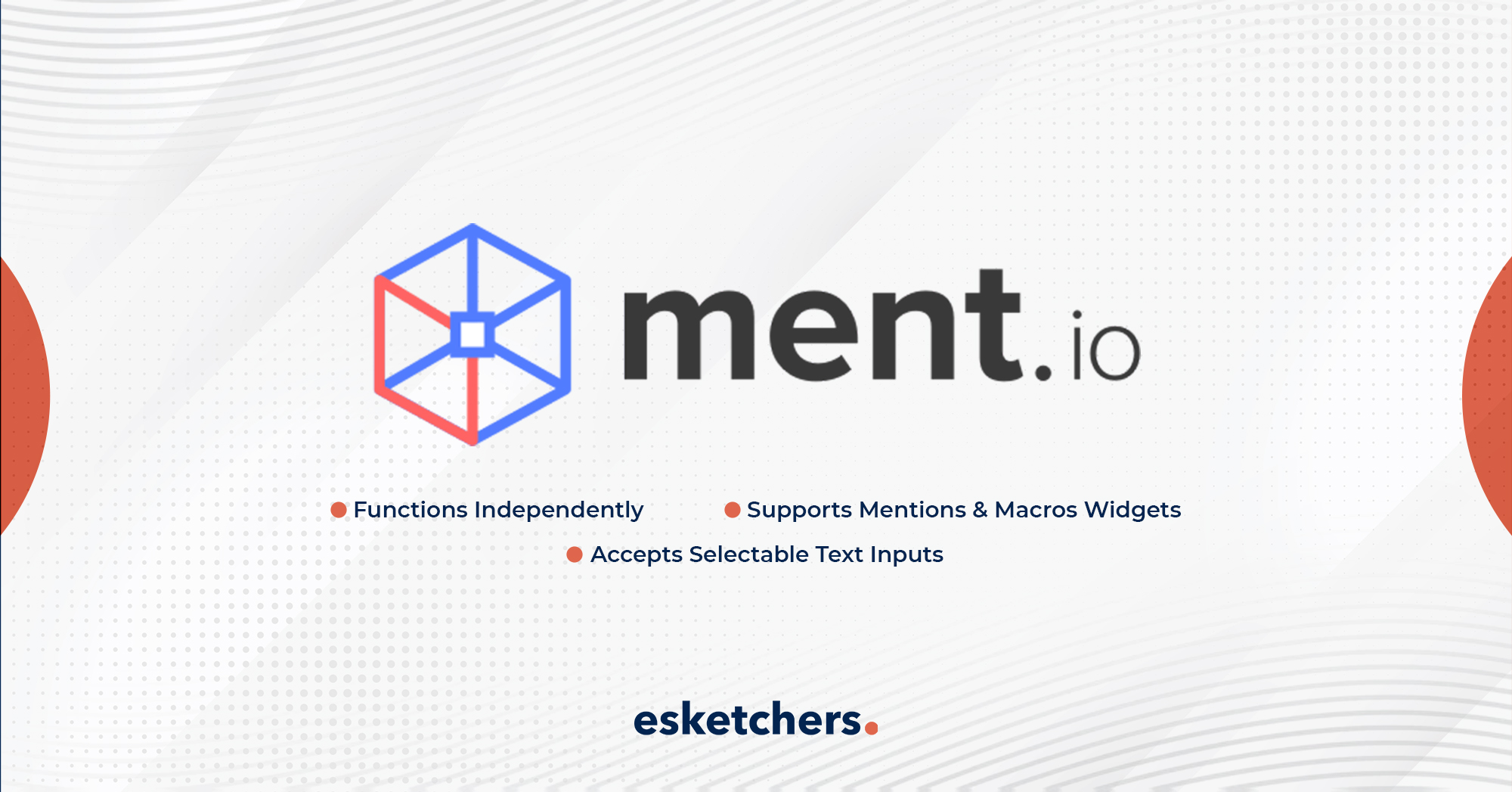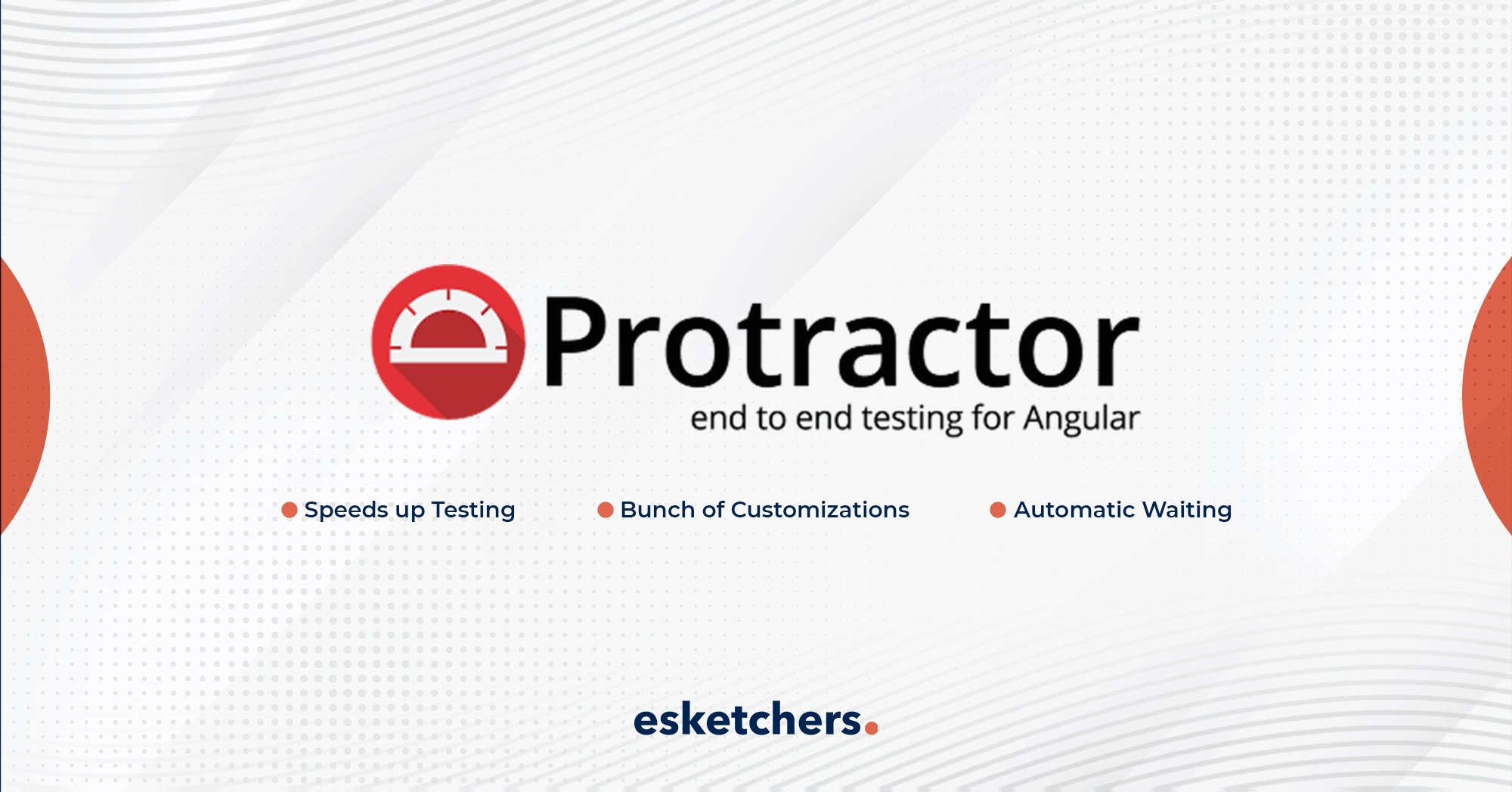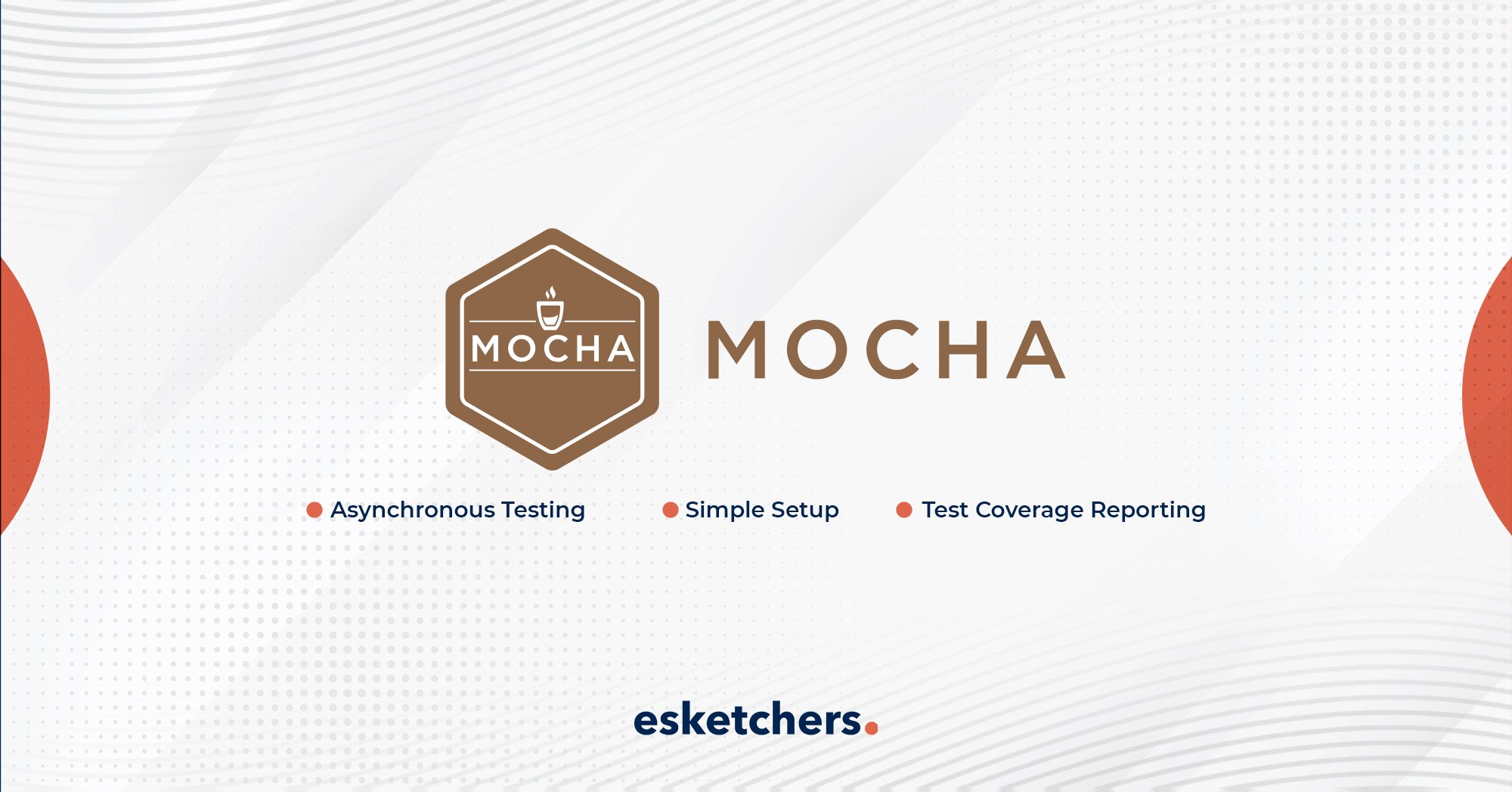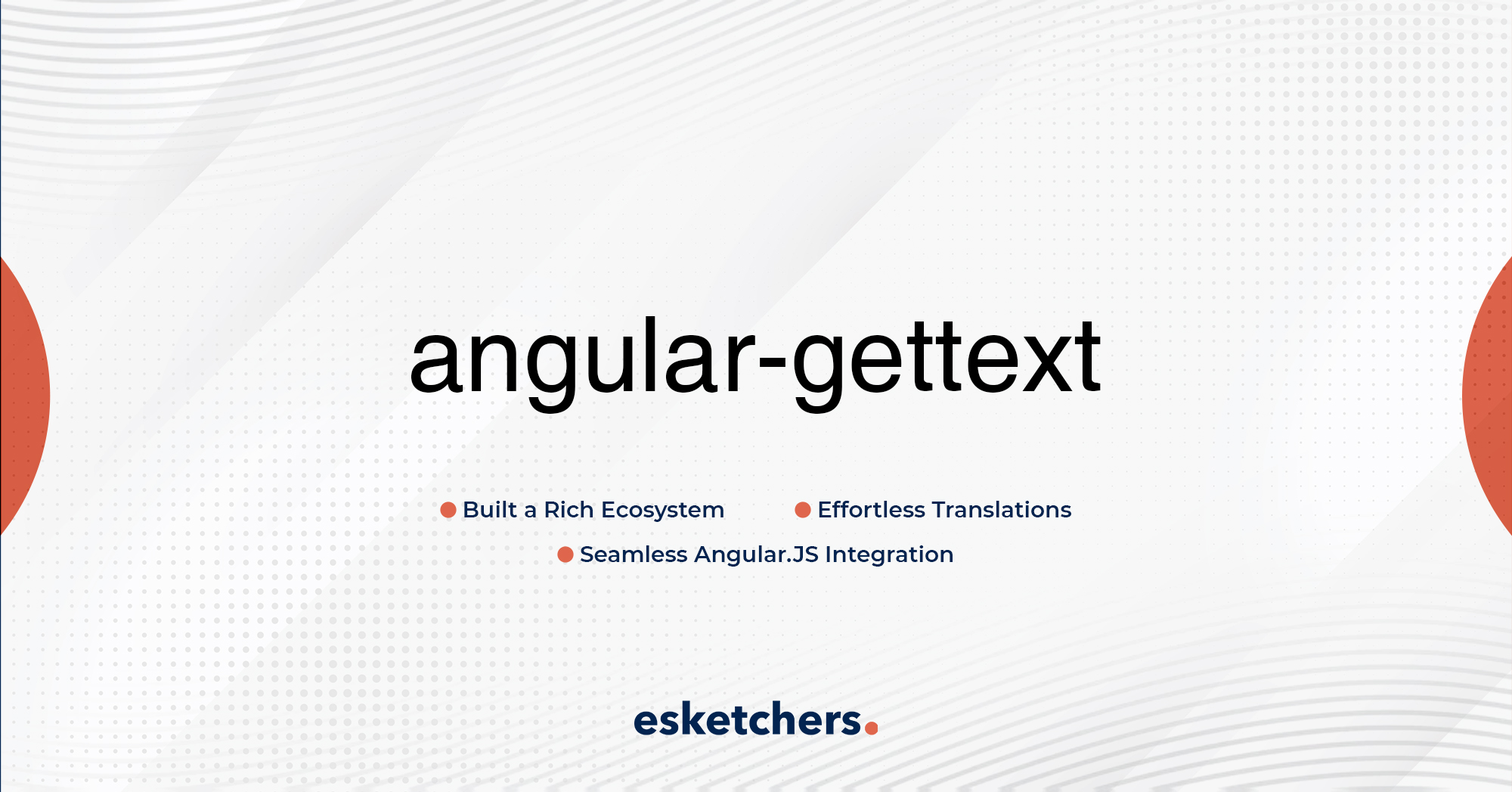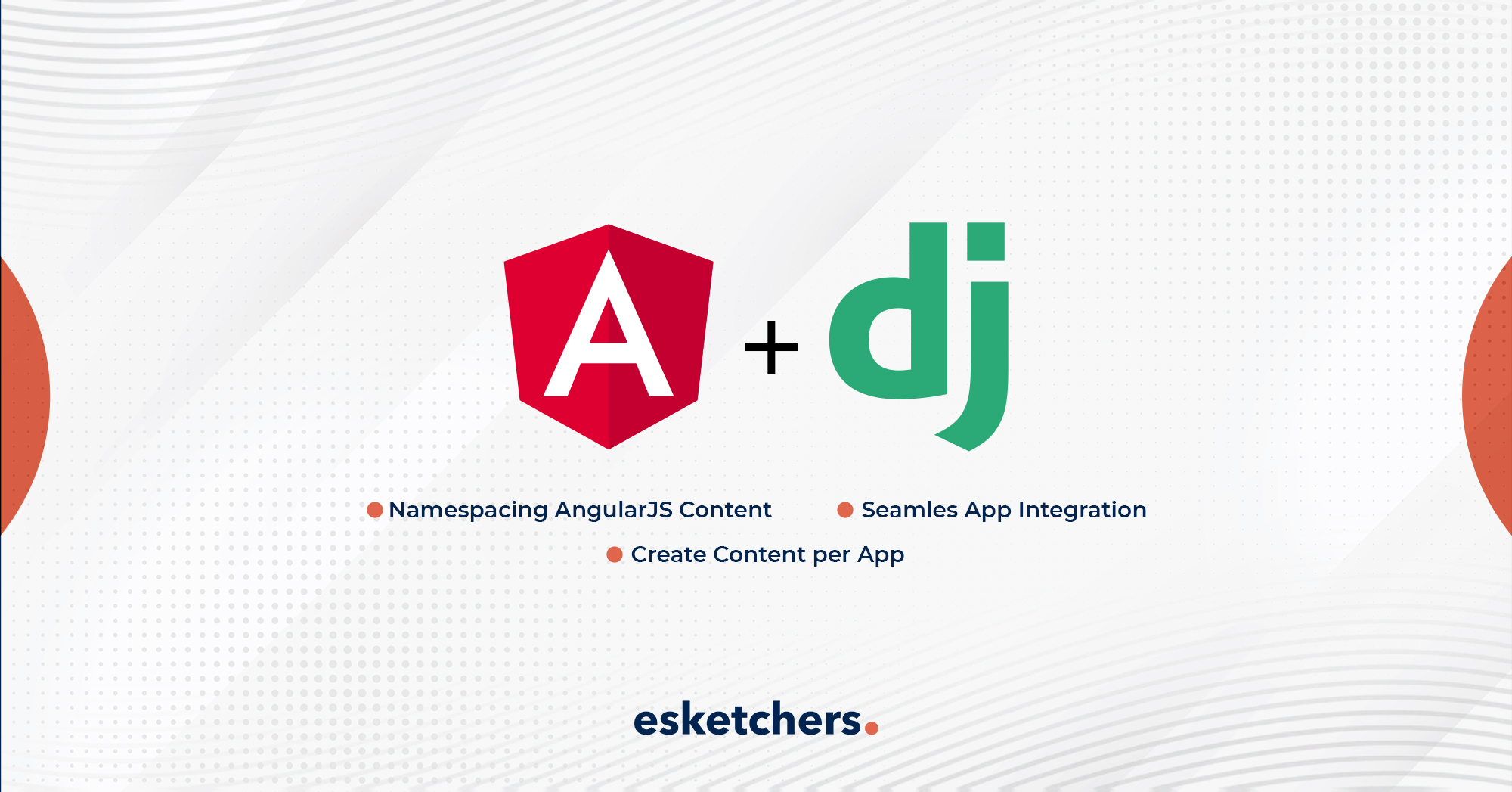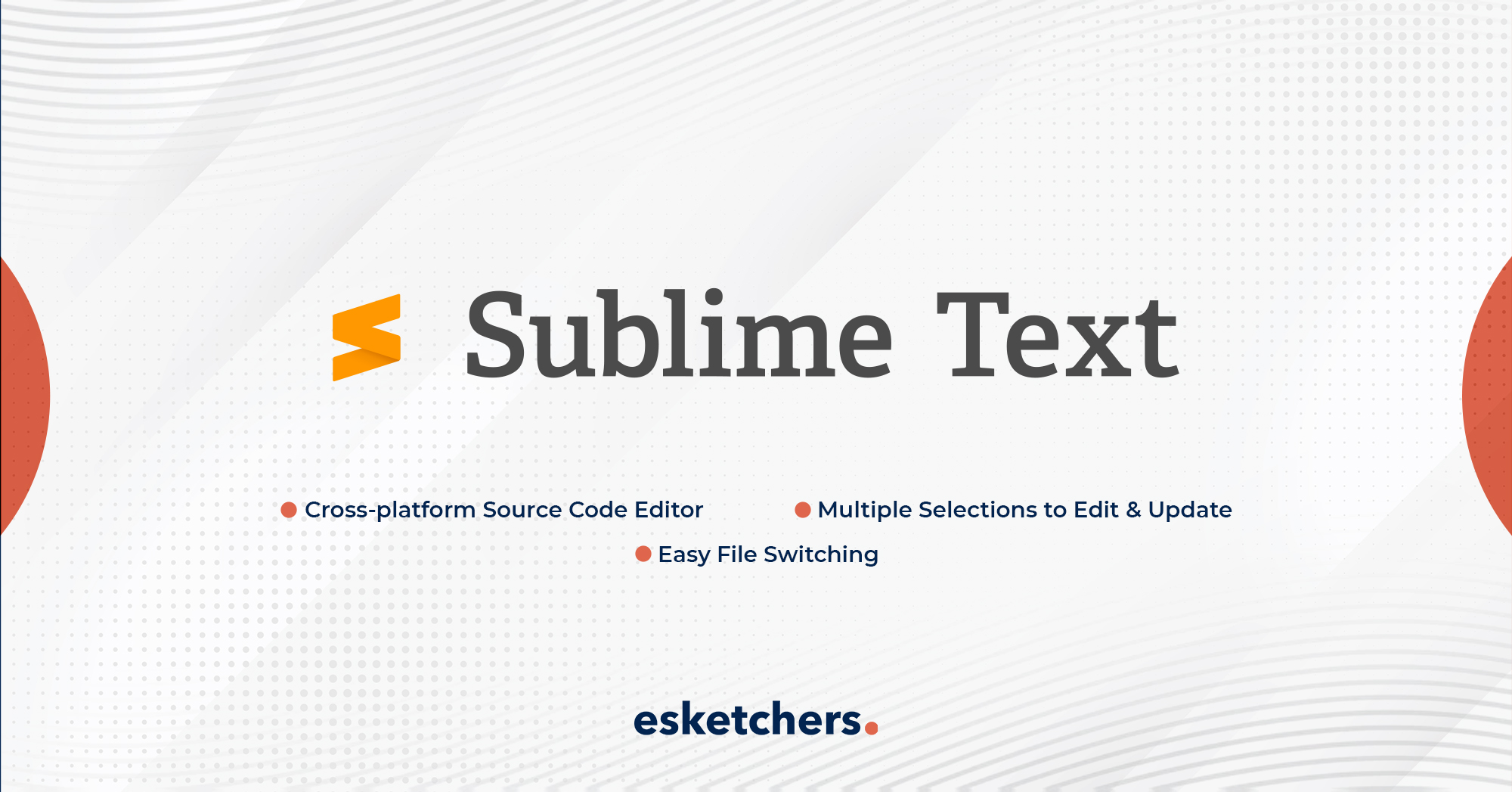Table of Contents
Angular dev tools – Angular is a development platform written in TypeScript. It is a component-based framework for building efficient and scalable web applications. Angular has a collection of well-integrated libraries and a suite of developer tools that covers routing, client-server communication, forms management, building and debugging code snippets, and more. During the development phase after maintaining software requirements and designing, the programmer required a great development tool or IDE to make the coding phase smooth and faster. At the moment, We are going to discuss the top ten angular dev tools. Are you excited to optimize your angular application? Learn Angular Performance Optimization Techniques.
Top AngularJS Development Tools for Every Developer
Now, the question arises what makes angular so effective? The answer is simple, AngularJs dev tools. Here’s our list of the top 10 Angular development tools that ease hyper-effective web app development for developers in 2023 and afar.
-
Karma:
Karma is a testing automation and QA tool for JavaScript(AngularJS) created by the AngularJs team at Google. As the test is an integral part of a software development cycle. No product can be launched without testing, therefore, Karma is great to test AngularJs-based applications.
It runs a test in the browser and reports them in the Command Line Interface giving in-depth detail on each test status. This spectacular test runner for Javascript also provides different tests like E2E testing, midway testing, unit testing, and so forth.
Pros and Cons:
- Great tool for functionality testing on different rendering engines or Browsers.
- Open-source platform with multiple plugins or addons.
- Karma also has the ability to integrate automation like Jenkins, Travis, and Semaphore.
- Required Node.js installation as a prerequisite.
- Detailed but slow testing.
-
Webstorm:
Webstorm is a flagship product of JetBrains, an intelligent IDE with a pre-introduced Dark module. It is among the incredible Angular dev tools and offers multiple coding and debugging options to developers as well as error-detecting features.
An exceptionally interesting fact is that WebStorm is an Angular live editorial manager that includes JavaScript, HTML, CSS, and Node.js. It also comes with multiple pre-installed modules or packages like Dart module, Git support, etc.
Pros and Cons:
- Powerful smart editor, debugging, tracing, profiling, and testing features
- Exceptional support for JavaScript, TypeScript, Angular, React, Node.js, Vue.js, and others.
- It facilitates customizing the work environment in accordance with things including plugins and themes.
- Not an open-source angular js editor – Can’t be shared freely.
- It takes more processor resources and loading time.
- Difficulty in opening simultaneous projects in a single stance.
- UX is a bit complicated.
-
Angular JS UI:
Software development speed, incredible tooling, and project deployment are the keystones that make AngularJS one of the favorite web development technologies among developers and businesses. At this stage, the AngularJS UI material tool comes into the scene.
It speeds up the development process with the use of directives that can be integrated with UI-Bootstrap, and UI-select. The collection of directives or UI components are UI-map, UI-router, and UI-calendar that are used instead of widgets
Pros and Cons:
- Plugin architecture allows you to add only the features you need.
- Drag and Drop component-based functionality.
- Browsers rendering engineers or platform dependent.
-
Ment.io:
Ment.io is an Angular development tool that supports mentions and macros widgets based on angular. It is a jQuery-independent platform that provides flexibility to programmers to apply it to specific code blocks. One can apply the ment.io directive to the desired element and accepts selectable text inputs.
-
Jasmine:
Jasmine is an open-source Angular development tool used for testing purposes. It is utilized for behavior-driven development and can also be used for test-driven advancement with some customizations. Moreover, it offers less syntax complexity that offers high levels of abstraction for developer convenience while de-budding or testing code.
Jasmine is typically combined with Karma where it acts as a test system while karma is the test runner. It is the best tool for testing Node.js code and web applications that support JavaScript runtimes. Finally, all the above-mentioned qualities make it a primary Angular dev tool.
Looking for an Angular Development Team?
Share the details of your request and we will provide you with a full-cycle team under one roof.
-
Protractor:
Protractor is an exceptional automated end-to-end Angular testing tool. It was designed on top of WebDriverJS by the Angular team at Google. It has an interactive and automatic syncing application development environment to test Angular apps thoroughly. Moreover, Protractor incorporates technologies including Node.js, Mocha, Jasmine, Cucumber, and Selenium. Now, Let’s discuss some pros and cons of this tool and answer a question: why should I use Protractor?
Pros and Cons:
- Protractor is a behavioral-driven development tool to debug JavaScript code.
- It allows automatic testing and syncing of web pages on a real browser.
- It has quick testing and is easy to set up.
- It has limited debugging tools for some projects.
-
Mocha.js:
Developers around Angular are increasing rapidly, as it is growing. Angular dev tools are becoming an integral part of this whole development process. Therefore, the question arises, What use of AngularJS code if the desired output is glitchy and buggy? MochaJS facilitate an error-free flexible development environment that supports asynchronous testing. It runs smoothly over Node.js and on the browsers for every intention. Finally, it’s also an appropriate tool for beginner Angular js developers for training purposes.
-
Angular-gettext:
Developers find Angular-gettext a perfect tool for code translations in Angular JS. It was developed to efficiently translate a plain English language and annotated blocks of code written in plain text into a comprehensive AngularJS code.
Pros and Cons:
- Works seamlessly with Angular.JS apps.
- Effortless translations From plain text.
- It supports English language translation.
-
Djangular:
Djangular is an easy framework used to develop rapid, ready-to-use, modular, and interactive web apps. It was written in AngularJS and REST API(Django) as the backend. In addition, it does not create a heavy load of content. Unlike other angular application tools, it allows the creation of content per application in AngularJS.
Pros and Cons:
- Djangular has modular and component nature.
- It offers namespacing AngularJS content.
- Doesn’t create a heavy load of content.
- Pre-installed AngularJS and Django are required.
- SublimeText:
Being a developer, you need to require a powerful tool to code and debug your web application then sublime is the best fit. it is a shareware source code editor that natively supports almost every programming and markup language. Its ‘click to reach‘, ‘Goto Definition‘, and ‘Goto Anything‘ features assist developers to write efficient and more accurate code in less time and effort. Sublime also imparts a simultaneous selection trait that facilitates editing multiple lines of code at once. It also allows add-ons (Python APIs) to expand the functionality of existing code editors like Angular 13. Substantially, Angularjs developers also prefer to use it due to its quick-to-write and addons features. Here listed some noteworthy qualities of Sublime text.
Pros and Cons:
- Sublime text has its own built-in features like SublimeLinter for code analysis, Bracket Highlighter for better code UI/UX, and SublimeCodeIntel for jumping in code from definition to definition.
- Provide Git and WordPress for autocompletion or to add snippets.
- Multiple selections to edit and update code snippets.
- Easy code navigation and content styling.
- Git integration is glitchy and has room for improvement.
- Automatic file version comparison sometimes becomes challenging.
Bottom Line
In conclusion, there are numerous AngularJS development tools available to developers in 2023, each with its own unique set of advantages and disadvantages. From lightweight code editors like Visual Studio Code and Sublime Text to more robust IDEs like WebStorm, developers have a range of options to choose from depending on their project requirements and preferences.
AngularJS-specific tools like Batarang and Augury are great for debugging and testing AngularJS applications, while task runners like Grunt and Gulp can help automate repetitive tasks. Unit testing and end-to-end testing can be done with Karma and Protractor respectively. Yeoman can make project setup a breeze, and all these tools can be easily integrated with each other, thanks to their open-source nature.
Ultimately, the best tool for you depends on your needs, preferences, and experience level. It’s important to weigh the pros and cons of each tool before making a decision. Whether you’re a beginner or an experienced developer, finding the right tool can help make your AngularJS development project successful. So go ahead, explore these development tools, and choose the one that works best for you!
In order to utilize and adapt these tools more accurately. It is prime to hire expert AngularJS Developers from a top-notch software company like Esketchers. We have in-house, dedicated and outsourcing teams to get done your angular project faster. Are you excited to learn about our software pricing model? Learn about Best Software Pricing Models in 2022.


